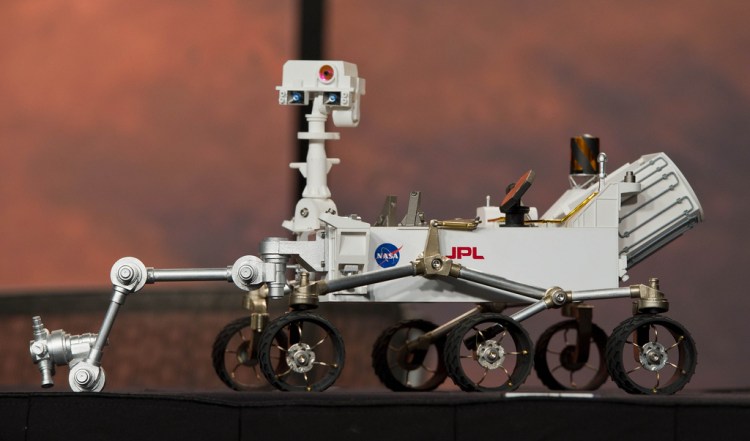 NASA’s Curiosity rover has detected yet more evidence that water once flowed over the now-parched surface of Mars.
NASA’s Curiosity rover has detected yet more evidence that water once flowed over the now-parched surface of Mars.
Using a neutron gun and an infrared imaging camera at a location dubbed “Yellowknife Bay,” researchers found signs of hydration: water molecules bound to minerals in Martian rock.
“With Mastcam, we see elevated hydration signals in the narrow veins that cut many of the rocks in this area,” Melissa Rice, a CalTech researcher, said in a NASA statement. “These bright veins contain hydrated minerals that are different from the clay minerals in the surrounding rock matrix.”
Detection of water is important as NASA scientists attempt to determine if Mars ever supported life in the past … and if it could again in the future.
June 5th: The AI Audit in NYC
Join us next week in NYC to engage with top executive leaders, delving into strategies for auditing AI models to ensure fairness, optimal performance, and ethical compliance across diverse organizations. Secure your attendance for this exclusive invite-only event.
One interesting facet of the Curiosity rover is its international composition. The Dynamic Albedo of Neutrons (DAN) instrument, which detects hydrogen, is Russian-made. The Alpha Particle X-ray Spectrometer (APXS) that investigated the clay-like material is from Canada. And, of course, the majority of the rover is of American manufacture.
“We definitely see signal variation along the traverse from the landing point to Yellowknife Bay,” said Maxim Litvak from the Moscow-based Space Research Institute. “More water is detected at Yellowknife Bay than earlier on the route. Even within Yellowknife Bay, we see significant variation.”
Curiosity is seven months into a scheduled two-year mission.
photo credit: nasa hq photo via photopin cc


